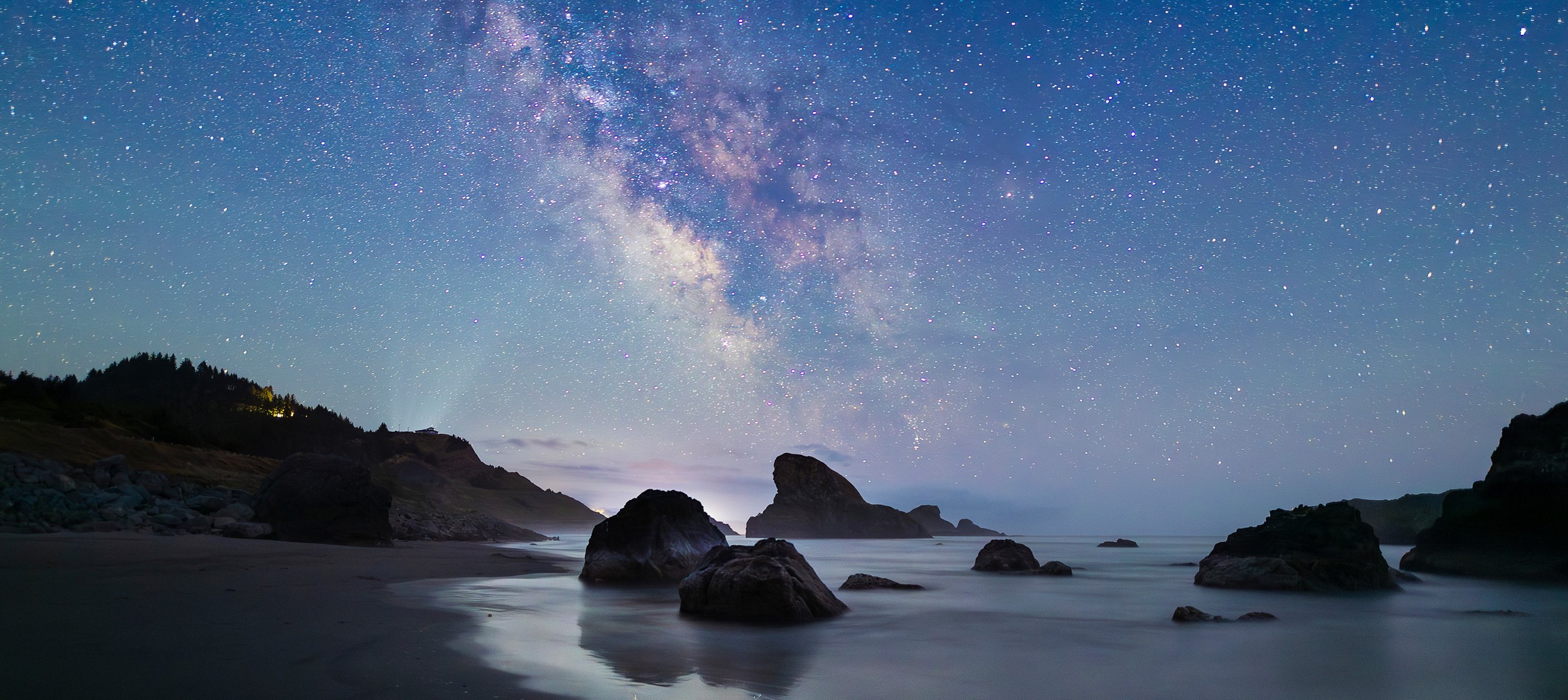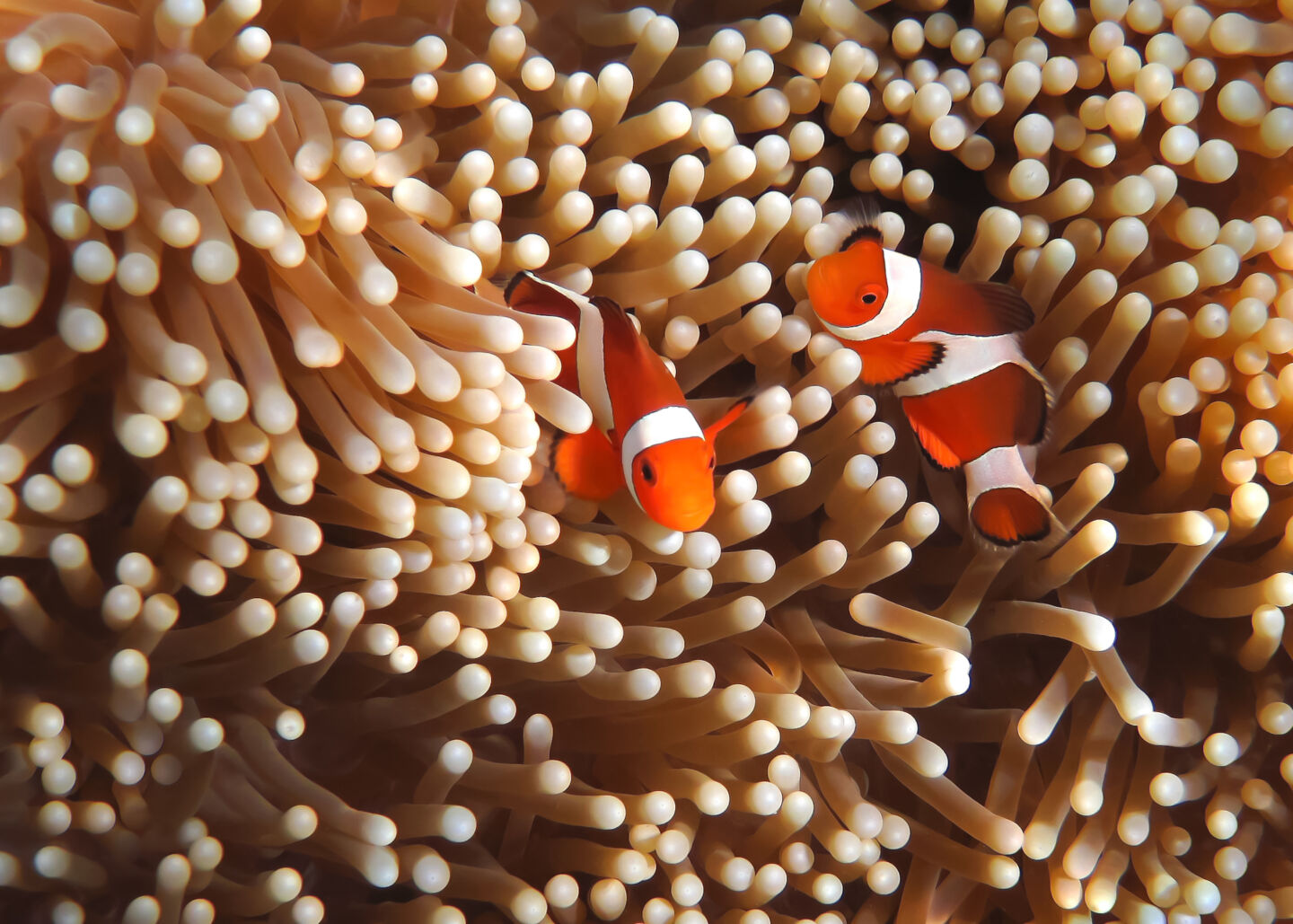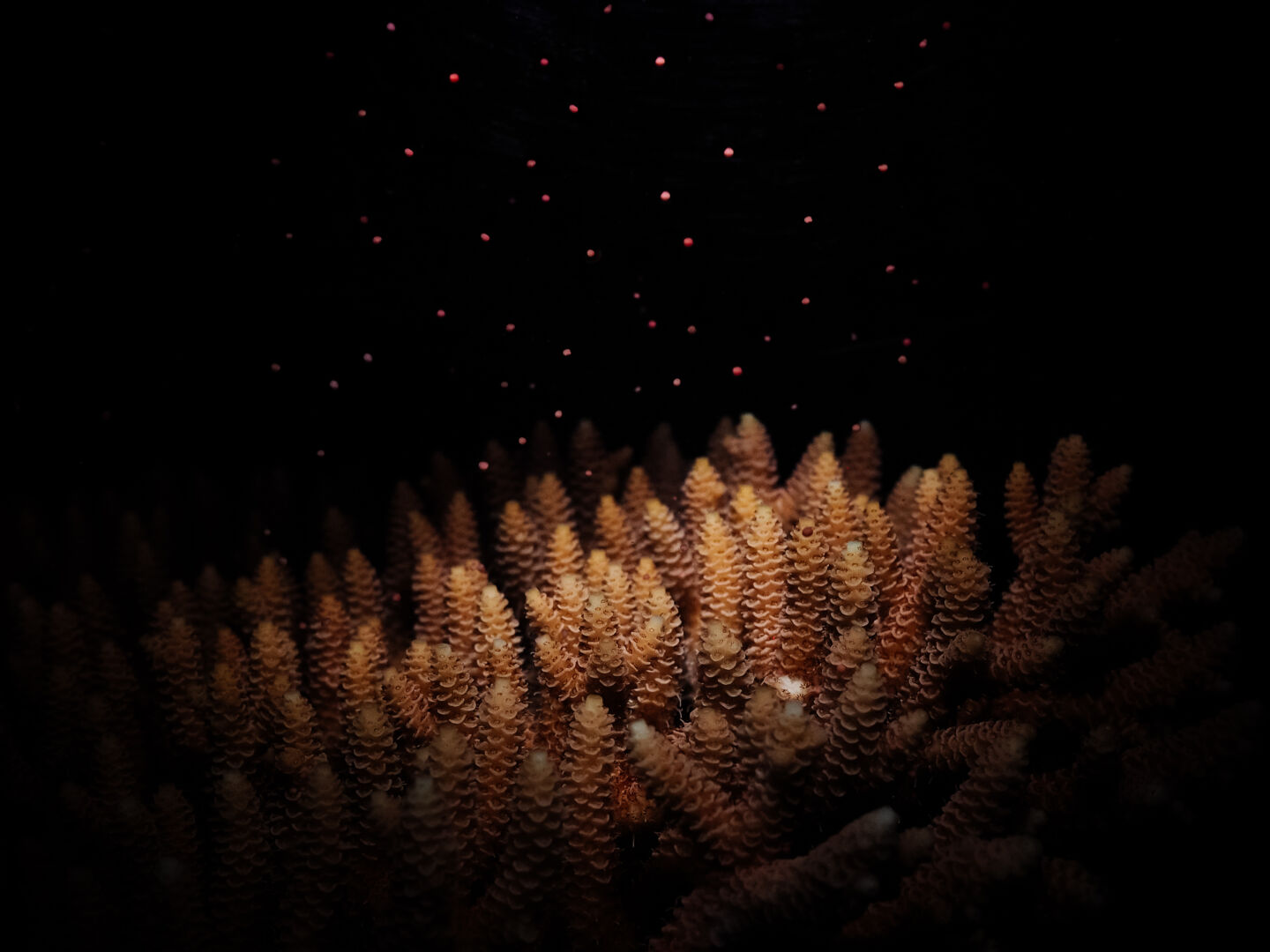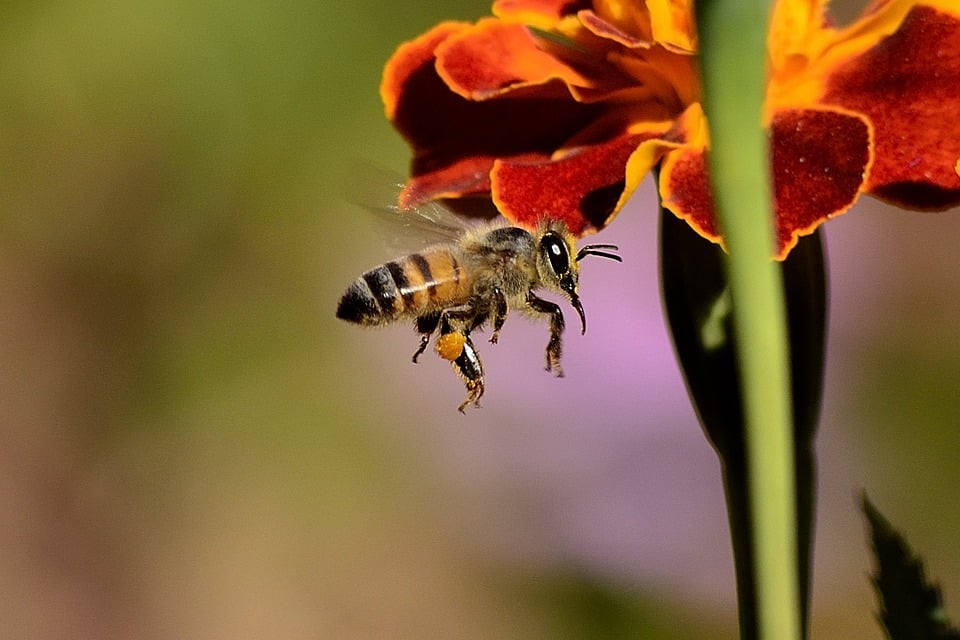
From the beach to the seafloor, light pollution interferes with marine life

For World Oceans Day (June 8, 2024), we’d like to discuss the growing threat of light pollution to marine environments around the world. When we think of dark skies, we are often terrestrial-minded, imagining dark sky parks and preserves from which we like to observe a star-filled sky. But with over 70% of the world covered by ocean, most of the world’s darkest places are out at sea.
Unfortunately, as excessive and misdirected artificial light at night grows, it’s streaming into our waters. Coastal cities, offshore oil rigs, and ships flood the ocean with artificial light that impacts a wide range of sea creatures. From the tiniest zooplankton to the largest whales, light pollution disrupts natural rhythms, threatening marine habitats. Scientists have mapped the extent to which people have illuminated the waters, including the bottom of the ocean. Now, they’re beginning to unravel how artificial light impacts sea creatures.
Sea creatures threatened by light pollution.
Of all the animals on our planet, perhaps none are under more threat from light pollution than sea turtles. Artificial light at night from coastal cities greatly impacts the success of their nesting sites. As a result, adult female sea turtles have a hard time finding an appropriately dark beach for laying their eggs, and the lights of our cities confuse their hatchlings. On a natural beach, the newly hatched sea turtles find the open horizon and make for the water. Unfortunately, light pollution lures hatchlings away from the ocean, where they perish from exhaustion or predators.
Light pollution also impacts fish and other marine organisms that rely on natural light cues for eating, mating, and camouflage. Artificial light at night can interfere with these natural processes, leading to confusion and reduced survival rates. For example, in a study published in Royal Society B, researchers discovered that baby clownfish close to the shore raised under artificial lights had a 44 percent lower survival rate than those raised further in the sea under natural light. They also found that the baby clownfish exposed to artificial light who did survive grew smaller.

In another study published in Royal Society B, scientists found that sea urchin residing under coastal artificial light ate significantly more sea kelp than their deep-sea counterparts. This suggests that artificial light at night may increase urchin grazing pressure on rocky reefs, an important finding for marine ecosystem management strategies going forward.
Additionally, light pollution can inhibit coral reefs—which provide food and shelter for many sea creatures—from reproducing. Corals release sperm and eggs into the ocean based on the light cycle of the moon. Light pollution outshines moonlight and can trigger corals to spawn at a time less ideal for fertilization. This unsynchronized spawning and reduced reproductive success threatens the health and sustainability of coral reefs. Addressing light pollution by implementing better lighting practices and creating Dark Sky Reserves near coral reefs is crucial to preserving these essential marine habitats. Protecting natural light cycles ensures the continued health and resilience of coral ecosystems.
Perhaps one of the most important ocean creatures, zooplankton, are also negatively impacted by light. These microscopic organisms, foundational to aquatic food chains, are sensitive to artificial light in their nighttime environments. Which encourages them to migrate to deeper waters. Researchers have shown that light pollution from ships even influences the behavior of zooplankton at depths of 200 meters or more.

Keeping the ocean dark.
Efforts to mitigate the effects of light pollution on sea life are crucial, as light pollution from large coastal cities significantly outshines moonlight throughout the year. Fortunately, there are measures that these cities can take to minimize their light pollution footprint on a mass scale, such as: Enforcing ordinance laws that require residents to turn beach-facing lights off at night, incorporating environmentally friendly lighting systems into the design of buildings, adopting automatic lighting systems to ensure street lamps are on only as needed, and erecting coastal barriers that contain light pollution in the city.
Scientists continue to study how sea creatures react to artificial light. With these solutions, coastal cities can help keep the rippling effects that light pollution has on marine life at bay.
….



















